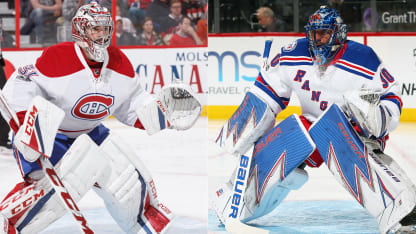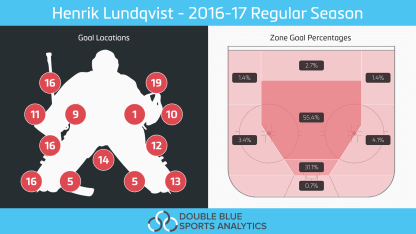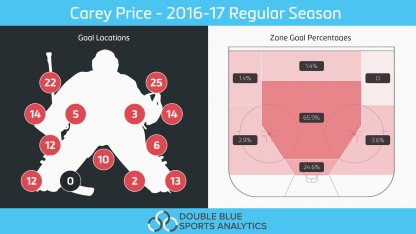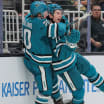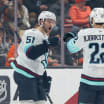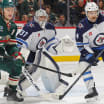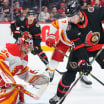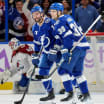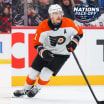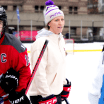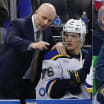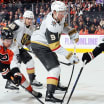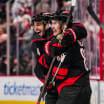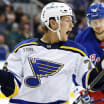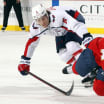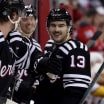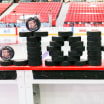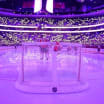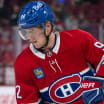Remove the slump: A slight change in that stance, partly tied to struggling with his skate set up, played a role in Price's midseason slide, from early December through mid-February. But with that clearly behind him, scoring won't be easy for New York. Of the 32 clean shot goals -- non-breakaway plays where Price had time to get set, square and see the shot -- 23 occurred during this slump, including six of the eight goals that didn't include other elements like a lateral pass high in the zone or a low-high play on the same side.
Nothing comes easy: In all, 21 of the 138 goals scored on Price involved one scoring factor; six of those came after the Claude Julien replaced Michel Therrien as coach on Feb. 14, so the Rangers need to create combinations of lateral movement with traffic and quick shots to score. For example, rebounds played a role in 22 goals against Price; however, just six were rebounds off clean shots, and two of those were breakaways. The other 16 required other elements, like lateral plays (12), low-high movement from near or below the goal line (seven) and one-timers (10), and often combinations of at least two of the three.
